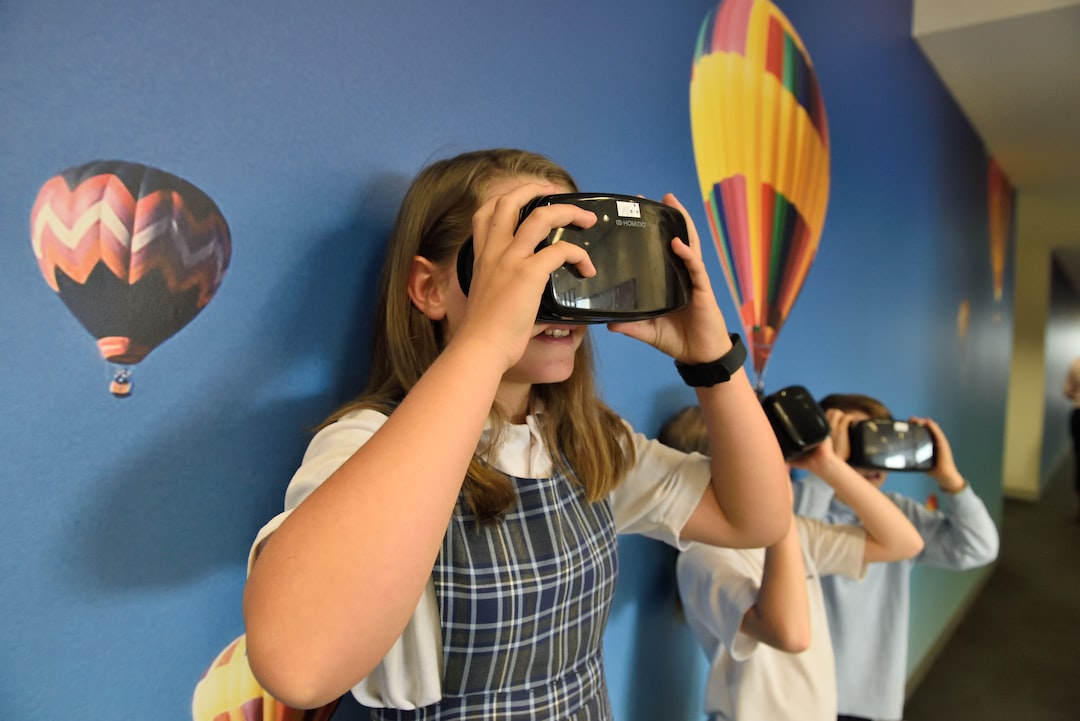The Evolution of E-Learning Platforms and Tools
E-learning has revolutionized the way we acquire knowledge and skills. It has become an essential aspect of modern education and training, providing access to learning opportunities for individuals at any stage of their lives. Over the years, e-learning platforms and tools have evolved significantly, adapting to changing technologies and educational needs. In this blog post, we will explore the evolution of e-learning platforms and tools and how they have transformed the learning landscape.
In the early days of e-learning, platforms were basic and lacked the interactive features that are now commonplace. Web-based platforms like Blackboard and Moodle emerged in the late 1990s and early 2000s, providing educators with a centralized space to upload course materials and facilitate online discussions. However, these platforms were primarily text-based, with limited multimedia capabilities.
As technology advanced, the e-learning experience became more dynamic and interactive. One of the defining moments in the evolution of e-learning platforms was the introduction of Learning Management Systems (LMS). LMS platforms like Canvas and Schoology offered a more user-friendly interface, with features such as discussion boards, quiz modules, and grade tracking. These platforms made it easier for instructors to create and manage online courses.
The rise of social media also had a significant impact on e-learning platforms. Social networking sites like Facebook and Twitter provided new avenues for collaboration and knowledge sharing. Educators started integrating these platforms into their e-learning strategies, encouraging students to engage with course materials and each other through online communities. This shift towards social learning led to the development of more interactive and engaging e-learning tools.
Another major breakthrough in e-learning technology was the introduction of mobile devices. The proliferation of smartphones and tablets allowed learners to access educational content anytime and anywhere. E-learning platforms and tools quickly adapted to this trend, offering mobile-friendly interfaces and apps. Mobile learning, or m-learning, became a popular mode of e-learning, enabling learners to engage with bite-sized lessons and interactive content on their devices.
Artificial Intelligence (AI) is now playing a vital role in the evolution of e-learning. AI-powered tools like chatbots and virtual tutors provide personalized learning experiences, tailored to individual learners’ needs and preferences. These tools can analyze learners’ performance data and provide targeted recommendations for improvement. AI also enables automated grading, freeing up instructors’ time for more valuable interactions with students.
Game-based learning, or gamification, has also gained traction in e-learning platforms. Gamified courses incorporate game elements, such as rewards, challenges, and leaderboards, to enhance learners’ engagement and motivation. This approach has proven to be particularly effective in training scenarios, where learners can practice and apply their knowledge in a simulated environment.
Furthermore, the recent COVID-19 pandemic has further accelerated the evolution of e-learning platforms and tools. With school closures and social distancing measures, e-learning has become the primary mode of education for millions of students worldwide. This unprecedented demand has prompted e-learning providers to innovate and adapt rapidly. Video conferencing tools like Zoom and Google Meet have become essential for virtual classrooms, allowing educators to replicate the face-to-face interaction that is often missing in remote learning.
The future of e-learning platforms and tools is incredibly promising. With the ongoing developments in technologies like virtual reality (VR) and augmented reality (AR), learners can expect even more immersive and interactive learning experiences. VR and AR can create realistic simulations and scenarios, allowing learners to practice skills in a safe and controlled environment. These technologies have the potential to transform fields like healthcare and engineering training, where hands-on experience is critical.
In conclusion, the evolution of e-learning platforms and tools has transformed the way we learn, making education more accessible and engaging. From basic text-based platforms to AI-powered and gamified experiences, e-learning has come a long way. As technology continues to advance, we can expect even more exciting possibilities in the world of e-learning. Whether it is through mobile devices, AI, gamification, or VR, e-learning will continue to shape the future of education and training.


